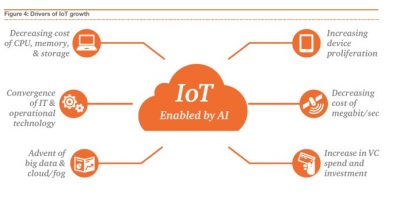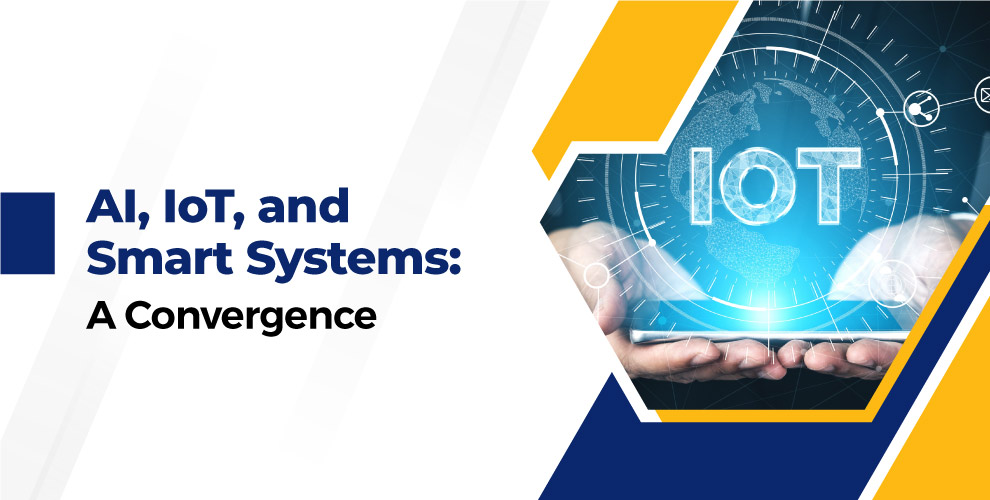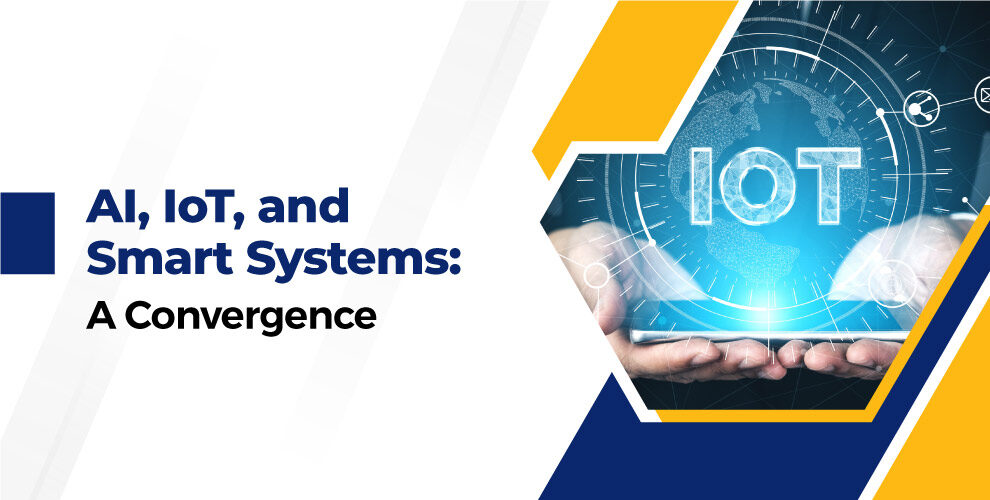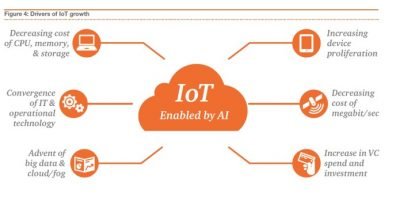
Introduction
Definition of AI and IoT
Artificial Intelligence (AI) and the Internet of Things (IoT) are two transformative technologies shaping our world today. At its core, AI refers to the simulation of human intelligence in machines programmed to think and learn. This can include activities such as problem-solving, decision-making, and even understanding natural language. We see AI in action with virtual assistants like Siri and platforms like Netflix that learn user preferences to recommend content.
On the other hand, IoT pertains to the network of interconnected devices that communicate and exchange data over the internet. Think of your smart thermostat that adjusts the temperature based on your habits or your fitness tracker that monitors your daily activity. These devices collect and analyze data to provide insights and improve functionality, significantly enhancing our daily experiences.
Overview of the Integration of AI and IoT
The integration of AI and IoT, often referred to as the Convergence of AI and IoT, is where the magic happens. By combining AI’s sophisticated data processing capabilities with the vast data harvested from IoT devices, we unlock unprecedented potential. This synergy can lead to:
- Increased efficiency: Devices can learn and adapt to our habits, maximizing energy savings and functionality.
- Enhanced security: AI can analyze data from security cameras in real-time, providing alerts for unusual activities.
- Better decision-making: Businesses can utilize actionable insights derived from data analytics for informed strategy improvements.
For instance, imagine a smart home equipped with AI-enabled IoT devices. Your refrigerator can suggest recipes based on available ingredients, while the oven preheats automatically for the perfect cooking temperature. This harmonious blend of AI and IoT not only makes life easier but also introduces innovative solutions across various industries. As we delve deeper, we can better understand the current state of this convergence and the exciting implications for our future.

Current State of AI and IoT
Applications of AI in IoT
The integration of AI into IoT has led to a multitude of applications that enhance efficiency, security, and user experience. As these technologies converge, they create smart environments where data-driven decisions make everyday actions seamless. Here are a few prominent applications:
- Smart Homes: AI-powered IoT devices, such as smart thermostats and lighting systems, learn users’ preferences and automatically adjust settings for optimal comfort and energy efficiency.
- Healthcare Monitoring: Wearable devices equipped with AI algorithms analyze health metrics like heart rate and sleep patterns, providing real-time insights to both users and medical professionals.
- Predictive Maintenance: In industrial settings, AI analyzes data from IoT sensors to predict equipment failures before they occur. This not only reduces downtime but also saves costs associated with unexpected breakdowns.
- Smart Agriculture: Farmers utilize IoT sensors to monitor soil moisture levels, while AI algorithms recommend the best times for watering or applying fertilizers, leading to improved crop yields.
These applications demonstrate how AI enhances the capabilities of IoT devices, making them smarter and more responsive to our needs.
Challenges in Integrating AI and IoT
Despite the potential, the convergence of AI and IoT presents several challenges. For instance:
- Data Privacy: With many devices collecting sensitive information, ensuring data security is paramount to protect user privacy.
- Interoperability: Different IoT devices often operate on various platforms, making it difficult to create seamless integration among them.
- Scalability: As more devices connect to the IoT, managing and analyzing the vast quantities of data generated can be daunting.
A personal experience illustrates this: when helping a friend set up their smart home, the different platforms—Google Home, Alexa, and Apple HomeKit—didn’t always communicate effectively. As a result, simple tasks like controlling lights or adjusting the thermostat became cumbersome.
These challenges highlight the need for robust solutions to fully leverage the benefits of the Convergence of AI and IoT. However, as innovation continues, the benefits are well worth the effort.

Advancements in AI and IoT Convergence
AI-driven IoT Solutions
As technology evolves, the advancements in AI-driven IoT solutions are nothing short of remarkable. Companies are increasingly leveraging the robust capabilities of AI to enhance their IoT devices. A few noteworthy developments include:
- Smart Supply Chain Management: Companies are utilizing AI to analyze data collected from IoT sensors embedded in supply chain logistics. This allows for real-time tracking of goods, optimization of inventory levels, and even predictive capabilities to avert delays.
- Autonomous Vehicles: AI technology integrated with IoT systems enables vehicles to communicate with traffic signals, other vehicles, and infrastructure, paving the way for safer, more efficient transportation.
- Energy Management Systems: Smart grids equipped with AI analyze consumption patterns to optimize energy distribution, resulting in reduced costs and lower carbon footprints for businesses and households alike.
I recently attended a tech expo where I saw a demonstration of smart agriculture systems that adjust irrigation based on real-time data from IoT devices. The outcome? Crops thrive while water resources are conserved.
Impact on Industries and Society
The impact of the convergence of AI and IoT on industries and society at large is profound. These advancements are reshaping how businesses operate and how consumers interact with technology. For example:
- Improved Customer Experience: Retailers use AI analytics from IoT data to personalize shopping experiences, tailoring recommendations for customers in real-time.
- Healthcare Transformation: Telemedicine solutions powered by AI and IoT enable remote monitoring of patients, allowing healthcare professionals to offer timely intervention and care without the constraints of traditional settings.
- Sustainability Initiatives: This convergence supports smarter farming techniques and intelligent infrastructure, contributing to more sustainable practices across various sectors.
Reflecting on a family member whose startup uses AI and IoT to reduce food wastage, it’s heartening to see how technology can create social good. These advancements demonstrate the potential of the Convergence of AI and IoT to drive innovation while addressing critical challenges faced by industries and society. As we embrace these technologies, the possibilities are endless.
Future Trends in AI and IoT
Edge Computing and AI in IoT
As we look ahead, one of the most exciting trends in the convergence of AI and IoT is the rise of edge computing. This technology shifts data processing closer to the source of data generation, dramatically enhancing response times and reducing bandwidth use. For IoT devices that generate vast amounts of data, this can be a game-changer.
- Faster Data Processing: By processing data locally, edge computing allows for quicker decision-making. For example, in industrial settings, sensors can analyze equipment performance in real-time and act immediately to prevent failures.
- Improved Privacy and Security: Data is processed without needing to send sensitive information to central servers, mitigating the risk of data breaches.
- Reduced Latency: Applications that require real-time responses, such as automated vehicles and remote healthcare monitoring, benefit significantly from edge computing capabilities.
I remember visiting a factory where edge computing enabled their machines to predict maintenance needs seamlessly. This local processing not only saved them from costly downtimes but also improved overall productivity.
Predictions for the Future of AI and IoT Convergence
Looking forward, the predictions for the future of the Convergence of AI and IoT are both optimistic and ambitious. Experts envision:
- More Autonomous Systems: With AI’s continuous evolution, we might soon see even more autonomous devices. Imagine smart cities where everything from traffic management to energy distribution operates independently and efficiently.
- Enhanced Interoperability: As standards for IoT connectivity develop, devices from different manufacturers will communicate more seamlessly, leading to a unified smart ecosystem in homes and businesses.
- Increased Personalization: AI will continue to analyze behaviors and preferences, allowing for hyper-personalized experiences in everything from healthcare to entertainment.
One thing is clear: the synergy between AI and IoT has the potential to revolutionize how we interact with our environment. As we embark on this journey, embracing these technologies will be crucial in shaping a smarter, more connected future.

